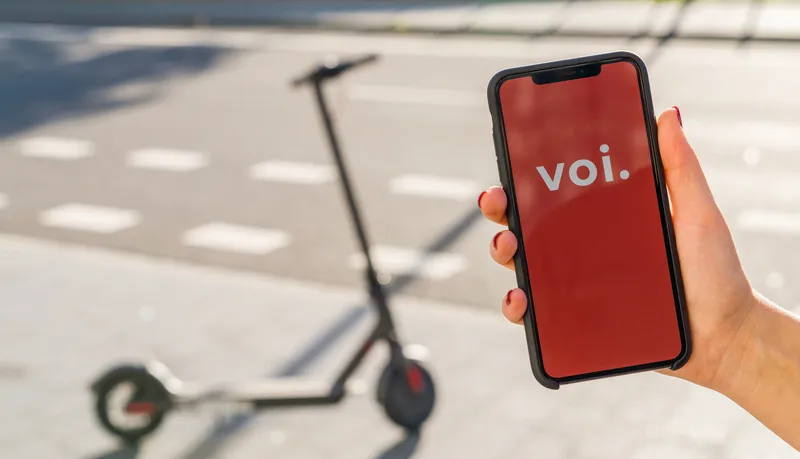More than half (56 per cent) of the drivers participating in an Insurance Research Council (IRC) online public opinion survey have made changes in how they drive since installing a telematics device provided by their insurance company in their primary vehicle.
The report, Auto Insurance Telematics: Consumer Attitudes and Opinions, also claims that 36 per cent of respondents said they have made small changes in how they drive and 18 per cent said they have made significant changes. Thirty-eight per cent s
November 23, 2015
Read time: 2 mins
More than half (56 per cent) of the drivers participating in an Insurance Research Council (IRC) online public opinion survey have made changes in how they drive since installing a telematics device provided by their insurance company in their primary vehicle.
The report, Auto Insurance Telematics: Consumer Attitudes and Opinions, also claims that 36 per cent of respondents said they have made small changes in how they drive and 18 per cent said they have made significant changes. Thirty-eight per cent said they have made no changes in their driving practices since having a device installed. Drivers aged 65 and above were significantly less likely than other drivers to report making changes in how they drive.
A substantial majority (82 per cent) of survey respondents with telematics devices provided by their auto insurance company reported receiving information from their insurance company about their driving behaviour after having a device installed. Eighty-one percent of those receiving information said they reviewed the information and 88 percent of those reviewing the information said they found the information to be helpful.
“These findings suggest that having telematics devices installed in vehicles can play a beneficial role in promoting safe driving and reducing the frequency of auto accidents and their associated costs,” said Elizabeth Sprinkel, senior vice president of the IRC. “While we can’t say with certainty that the changes drivers make are always for the better, or whether beneficial changes that are made become permanent, we can confidently say that the introduction and use of telematics technology is a move in the right direction,” said Sprinkel.
The report, Auto Insurance Telematics: Consumer Attitudes and Opinions, also claims that 36 per cent of respondents said they have made small changes in how they drive and 18 per cent said they have made significant changes. Thirty-eight per cent said they have made no changes in their driving practices since having a device installed. Drivers aged 65 and above were significantly less likely than other drivers to report making changes in how they drive.
A substantial majority (82 per cent) of survey respondents with telematics devices provided by their auto insurance company reported receiving information from their insurance company about their driving behaviour after having a device installed. Eighty-one percent of those receiving information said they reviewed the information and 88 percent of those reviewing the information said they found the information to be helpful.
“These findings suggest that having telematics devices installed in vehicles can play a beneficial role in promoting safe driving and reducing the frequency of auto accidents and their associated costs,” said Elizabeth Sprinkel, senior vice president of the IRC. “While we can’t say with certainty that the changes drivers make are always for the better, or whether beneficial changes that are made become permanent, we can confidently say that the introduction and use of telematics technology is a move in the right direction,” said Sprinkel.










